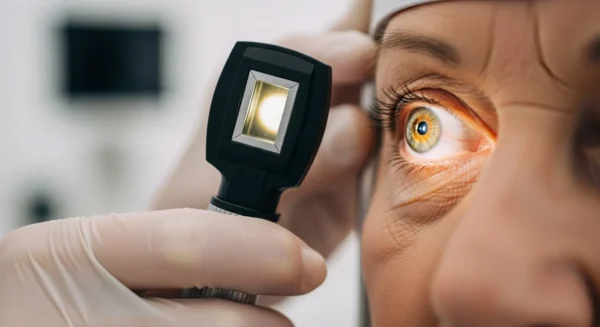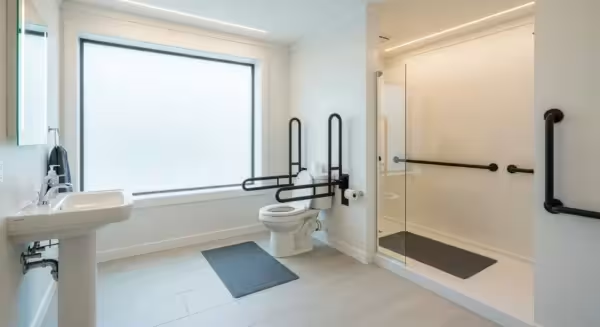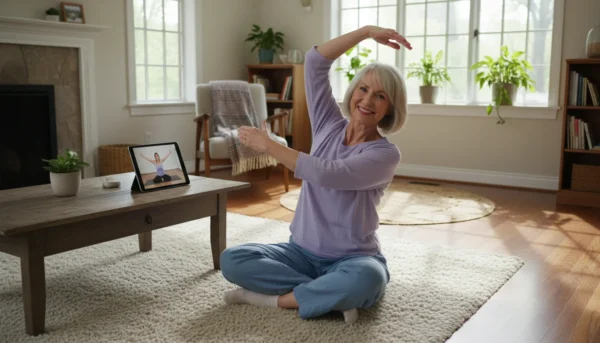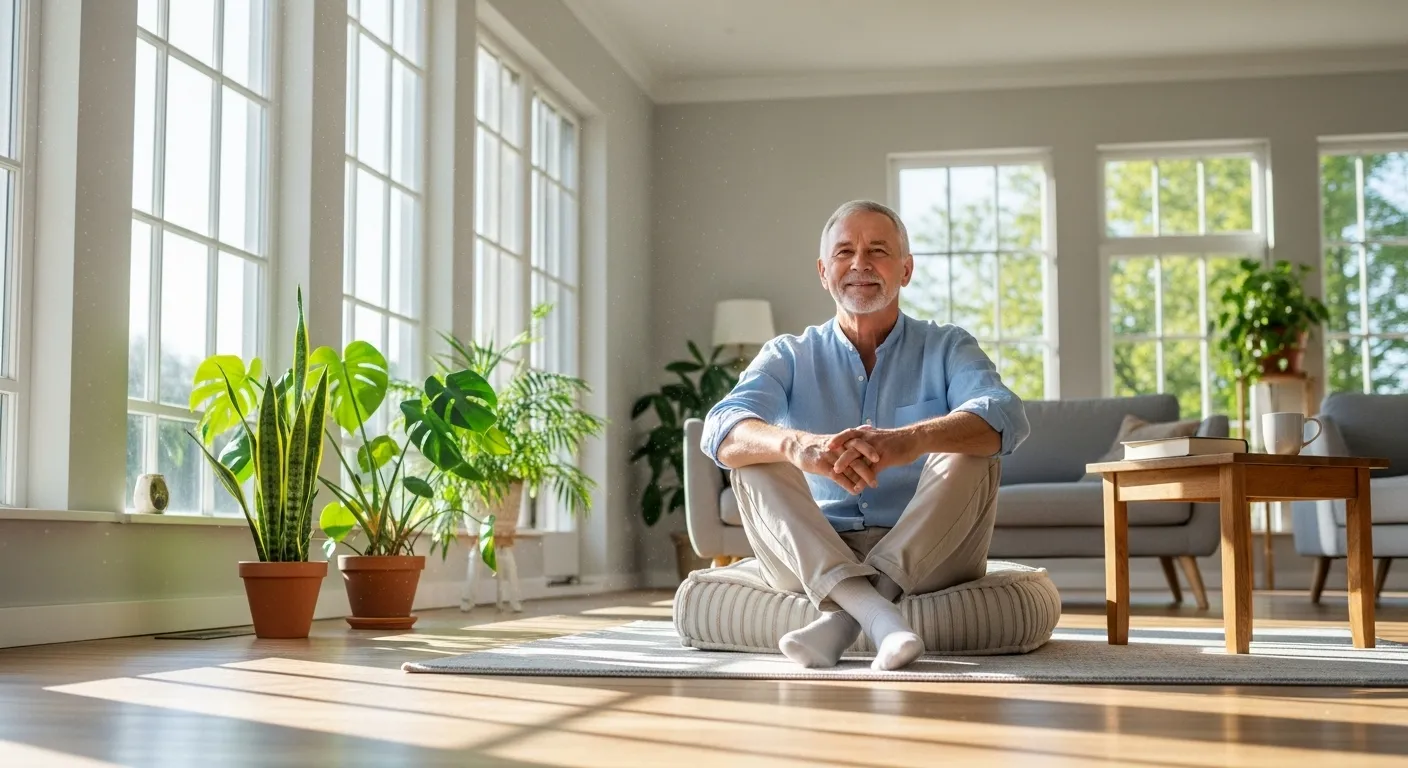

Introduction: Prioritizing Your Health with Intentional Breathing
As we journey through our senior years, we become more attuned to the simple yet profound aspects of our health. We focus on eating well, staying active, and keeping our minds sharp. But one of the most fundamental pillars of our well-being is often overlooked: our breathing. The simple act of inhaling and exhaling is something we do thousands of times a day without a second thought. Yet, how we breathe has a significant impact on our energy levels, our stress, our sleep, and most importantly, our lung health.
Maintaining strong lung capacity is crucial for preserving independence and enjoying a high quality of life. Strong lungs allow you to walk to the mailbox, play with your grandchildren, enjoy a hobby in the garden, or simply move through your day with less fatigue. As we age, our respiratory muscles can weaken and our lung tissue can become less elastic, which may lead to feeling short of breath more easily. The good news is that just like any other muscle in your body, the muscles involved in breathing can be strengthened with gentle, consistent exercise.
This guide is designed to introduce you to simple and safe breathing techniques that can help you support your respiratory system. Think of it not as a strenuous workout, but as a calming, restorative practice. By dedicating just a few minutes each day to these exercises, you can take a proactive step toward better senior wellness, helping your body get the oxygen it needs to thrive. Before beginning any new health practice, it is essential to have a conversation with your doctor to ensure it is appropriate for your individual health needs.

Understanding the Health Benefits (and Any Risks)
Focusing on your breath may seem like a small action, but it delivers powerful benefits that resonate throughout your entire body. The primary goal of these exercises is to improve the efficiency of your lungs, helping them to take in more oxygen and expel more carbon dioxide with each breath. This process is vital for every single cell in your body.
One of the main benefits of targeted breathing techniques is the strengthening of the diaphragm. The diaphragm is a large, dome-shaped muscle located at the base of your lungs that does most of the heavy lifting when you breathe. As we get older, we sometimes fall into a pattern of shallow “chest breathing,” which uses the smaller muscles in our neck and shoulders and doesn’t fully engage the diaphragm. This is less efficient and can lead to a feeling of breathlessness. Breathing exercises retrain your body to use the diaphragm properly, allowing for deeper, more complete breaths. This can lead to increased stamina and less fatigue during daily activities.
Improved lung health also has a wonderful ripple effect. When your body is well-oxygenated, your cardiovascular system doesn’t have to work as hard, which can be beneficial for heart health. Furthermore, deep, controlled breathing has a profound calming effect on the nervous system. It can help lower blood pressure, reduce feelings of anxiety or stress, and even promote better sleep. For individuals managing chronic conditions like Chronic Obstructive Pulmonary Disease (COPD) or asthma, specific breathing techniques can be an important part of a comprehensive management plan, helping to control shortness of breath and clear mucus from the lungs. Authoritative health information for seniors is provided by the National Institute on Aging (NIA) and the Centers for Disease Control and Prevention (CDC).
While these exercises are generally very safe, it is important to be aware of potential risks. The most important rule is to never push yourself to the point of discomfort. If you feel lightheaded, dizzy, or more short of breath while performing an exercise, you should stop immediately and rest. These feelings can be a sign of hyperventilation, which happens when you exhale too much carbon dioxide too quickly. The key is to be gentle and slow. Seniors with pre-existing conditions such as severe COPD, heart failure, or a history of a collapsed lung should be especially cautious. It is absolutely essential to speak with your doctor or a physical therapist before starting these or any new exercises to ensure they are safe and beneficial for your specific situation.

A Step-by-Step Guide to Breathing Techniques Safely
Here are three fundamental breathing exercises that are gentle, effective, and can be done from the comfort of a chair. Remember to start slowly, perhaps with just a few repetitions, and gradually increase as you feel more comfortable. The goal is calm, controlled breathing, not strain.

1. Pursed-Lip Breathing
This is one of the most effective techniques for slowing your breathing rate and making each breath more efficient. It helps keep your airways open longer, allowing you to release more trapped air from your lungs. It is particularly helpful for people who experience shortness of breath.
Step 1: Find a Comfortable Position. Sit upright in a supportive chair with your feet flat on the floor. Relax your shoulders and neck muscles. You can rest your hands comfortably in your lap.
Step 2: Breathe In Through Your Nose. Close your mouth and take a slow, gentle breath in through your nose. Count silently to yourself: “one, two.” Try to feel the air filling your chest and belly.
Step 3: Purse Your Lips. Purse your lips as if you were about to gently blow out a candle or whistle. Your lips should be relaxed, not tight.
Step 4: Breathe Out Through Your Pursed Lips. Exhale slowly and steadily through your pursed lips. Make this exhale last at least twice as long as your inhale. A good goal is to count to four: “one, two, three, four.” You should feel a gentle, steady stream of air leaving your mouth. Try not to force the air out; let it flow out naturally.
Step 5: Repeat. Continue this cycle of inhaling for two counts and exhaling for four counts. Practice for one to two minutes to start. As you get more comfortable, you can extend the duration. This is an excellent technique to use whenever you feel winded or anxious.
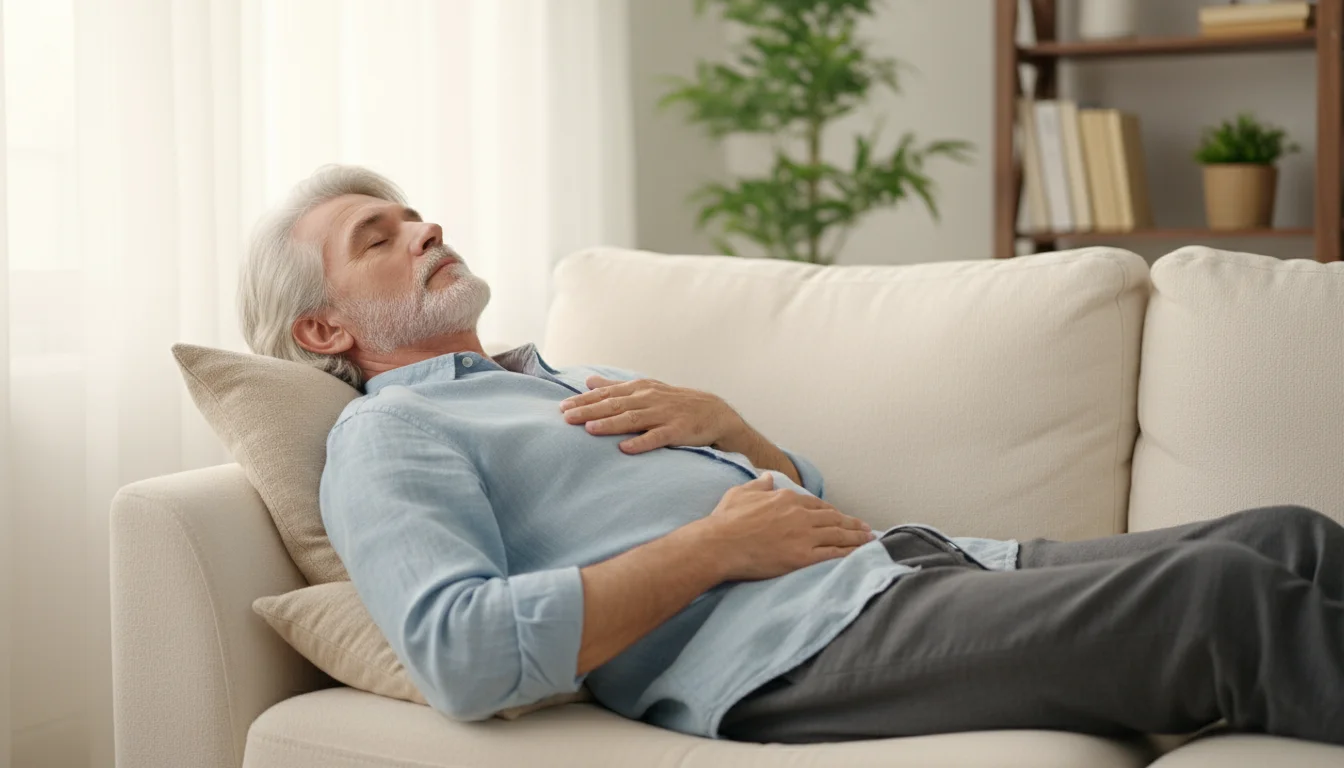
2. Diaphragmatic Breathing (Belly Breathing)
This exercise focuses on retraining and strengthening your diaphragm, the primary muscle of respiration. It helps you take deeper, more restorative breaths that use your full lung capacity.
Step 1: Get Comfortable. You can do this exercise sitting in a chair or lying down on your back with a pillow under your knees for support. Choose whichever position feels most relaxing for you.
Step 2: Place Your Hands. Place one hand on your upper chest and the other hand on your belly, just below your rib cage. This will help you feel the movement of your breath.
Step 3: Inhale Slowly Through Your Nose. Breathe in slowly through your nose. As you inhale, focus on allowing your belly to expand and rise. The hand on your belly should move up, while the hand on your chest should remain as still as possible. This ensures you are using your diaphragm and not your chest muscles.
Step 4: Exhale Slowly Through Your Mouth. Gently tighten your stomach muscles and let them fall inward as you exhale through your mouth (you can use pursed lips if that helps). The hand on your belly should lower back to its starting position. Again, the hand on your chest should stay relatively still.
Step 5: Practice. Aim to practice this technique for 5 to 10 minutes, two or three times a day. It may feel unnatural at first, as many of us are chronic chest-breathers. Be patient with yourself. With practice, diaphragmatic breathing will become easier and more automatic.
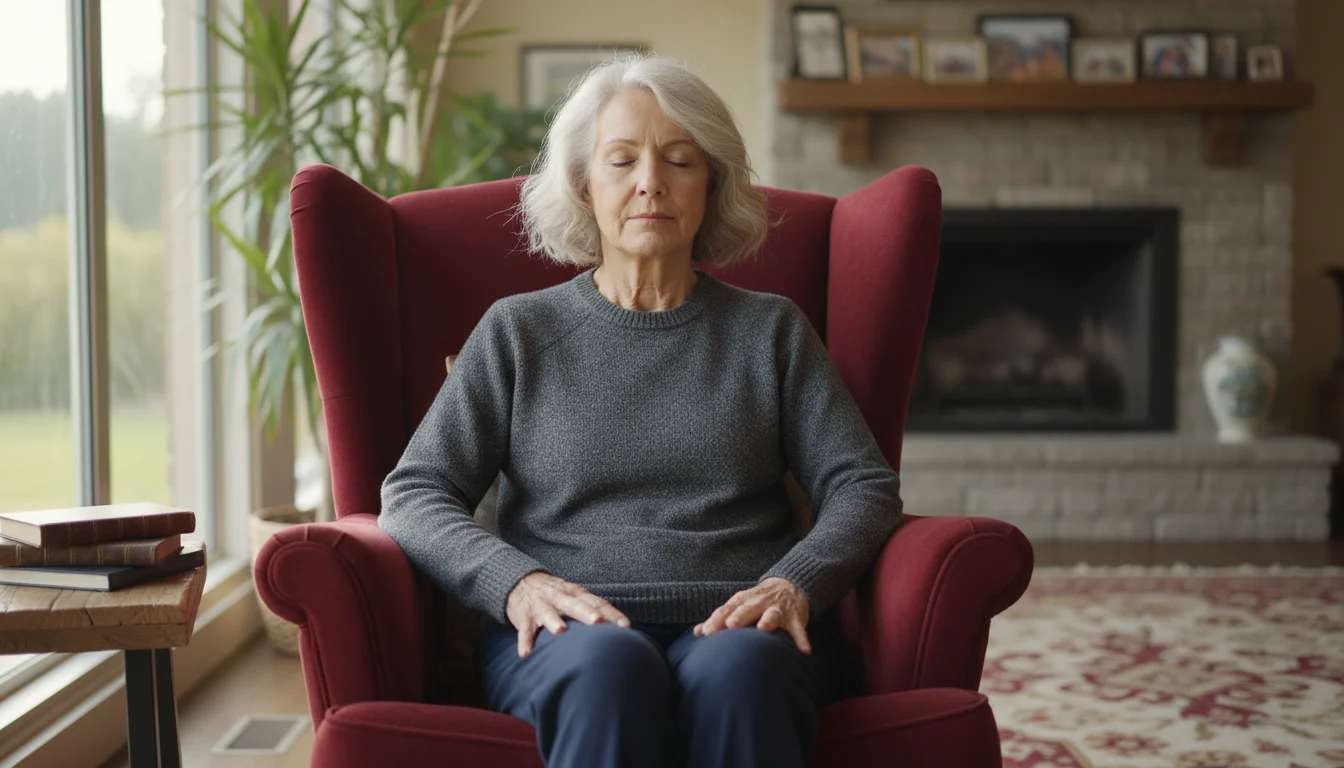
3. Box Breathing (Four-Square Breathing)
This is a very simple and powerful technique used to calm the nervous system and improve focus. It’s easy to remember because it involves four equal parts, like the four sides of a box.
Step 1: Sit Comfortably. Sit in a chair with your back straight and your feet on the floor. Let your hands rest in your lap and gently close your eyes if you feel comfortable doing so.
Step 2: Inhale for Four. Slowly and gently inhale through your nose for a count of four. Feel the air fill your lungs.
Step 3: Hold for Four. Gently hold your breath for a count of four. Try not to clench your muscles; remain relaxed.
Step 4: Exhale for Four. Slowly and gently exhale through your mouth for a count of four, releasing all the air from your lungs.
Step 5: Hold for Four. Hold your breath again, with your lungs empty, for a count of four.
Step 6: Repeat the Cycle. This completes one “box.” Continue the cycle—inhale, hold, exhale, hold—for a few minutes. If a count of four feels too long, start with a count of two or three and work your way up. The key is that all four parts of the cycle are equal in length.

Key Signs It’s Time to Consult a Doctor
While breathing exercises are a wonderful tool for senior wellness, they are not a substitute for professional medical care. Your health and safety are the top priorities. It is crucial to recognize when symptoms require the attention of a physician. Please consult your doctor before beginning any new exercise regimen, especially if you have an existing heart or lung condition.
Seek immediate medical attention or call 911 if you experience any of the following:
Severe Shortness of Breath: If you suddenly find it very difficult to breathe or catch your breath, and it does not improve with rest, this is a medical emergency.
Chest Pain or Pressure: Pain, tightness, or a squeezing sensation in your chest can be a sign of a serious heart or lung problem.
Confusion or Dizziness: Sudden feelings of disorientation, severe lightheadedness, or fainting are red flags that require immediate evaluation.
Bluish Lips or Fingernails: A blue or grayish tint to your skin, lips, or nails (called cyanosis) indicates that your body is not getting enough oxygen.
It is also important to schedule an appointment with your doctor if you notice more gradual changes, such as:
Increased Breathlessness During Normal Activities: If you find yourself getting winded more easily from activities that used to be manageable, like walking up a flight of stairs or doing light housework.
A Persistent Cough or Wheezing: A cough that lasts for several weeks, especially if it produces mucus, or a new whistling sound when you breathe should be checked out.
Swelling in Your Ankles or Feet: This can sometimes be related to heart or lung conditions that affect your body’s ability to circulate blood and oxygen effectively.
Never hesitate to reach out to your healthcare provider. It is always better to be cautious and get professional advice. Open communication with your doctor is a key part of managing your lung health effectively.

Making It a Part of Your Daily Routine
The secret to reaping the benefits of breathing techniques is consistency. Just a few minutes each day can make a more significant impact than one long session once a week. The best way to stay consistent is to link the practice to an existing habit. This is a strategy called “habit stacking.”
Consider integrating these exercises into moments that are already part of your day. For example, you could practice for five minutes right after you wake up in the morning, while you’re still in bed or sitting on the edge of the bed. This can be a wonderful way to start your day with a sense of calm and focus.
Another great time is right before you go to sleep. A few minutes of Diaphragmatic or Box Breathing can help quiet your mind and signal to your body that it’s time to rest, potentially leading to a more peaceful night’s sleep. For mental health support, consult the National Institute of Mental Health (NIMH).
You can also use “transitional” moments throughout the day. Do you sit and watch the evening news? Practice during the commercial breaks. Are you waiting for the kettle to boil for your tea? That’s a perfect two-minute window for some Pursed-Lip Breathing. The idea is to find small, repeatable pockets of time where you can easily insert this gentle practice. You don’t need special equipment or a change of clothes, making it one of the most accessible wellness activities available. Start small, be patient with yourself, and notice how these moments of intentional breathing begin to positively influence the rest of your day.

Frequently Asked Questions
1. How often should I practice these breathing exercises?
For most people, a good goal is to practice for 5 to 10 minutes, two to three times per day. Consistency is more important than duration. It’s better to do a few minutes every day than to do a long 30-minute session only once a week. Listen to your body and never push yourself to the point of discomfort. If you are just starting, even one session of a few minutes a day is a great first step.
2. Can these exercises cure my COPD or asthma?
It is very important to understand that breathing exercises are not a cure for chronic lung conditions like COPD or asthma. They are a complementary therapy that can help you manage your symptoms, improve your breathing efficiency, and enhance your quality of life. These techniques should be used alongside, not in place of, the treatment plan prescribed by your doctor, which may include medications, inhalers, or oxygen therapy. Always follow your doctor’s medical advice.
3. Are these breathing techniques safe if I have a heart condition?
This is an excellent and crucial question. For many people with stable heart conditions, gentle breathing exercises can be beneficial for managing stress and improving oxygenation. However, it is absolutely essential to get clearance from your cardiologist or primary care physician before you begin. They know your specific health history and can advise you on whether these exercises are safe and appropriate for you. If you ever feel chest pain, palpitations, or extreme dizziness while practicing, stop immediately and contact your doctor.
4. Will Medicare cover classes or therapy to help me with these exercises?
In certain situations, yes. Medicare Part B may cover pulmonary rehabilitation programs for individuals with moderate to severe COPD or certain other chronic lung diseases. These comprehensive programs are medically supervised and include instruction on breathing techniques, exercise training, and education about your condition. You will need a referral from your doctor to qualify. It is always best to check directly with Medicare or your supplemental insurance provider to understand the specific coverage details for your plan. For insurance and medical coverage questions, refer to Medicare.gov.
Disclaimer: This article is for informational purposes only and does not constitute medical advice. The content is not intended to be a substitute for professional medical advice, diagnosis, or treatment. Always seek the advice of your physician or other qualified health provider with any questions you may have regarding a medical condition.
|
Fact-Checked Content
Our editorial team reviews all content for accuracy and updates it regularly. Learn about our editorial process →
|




